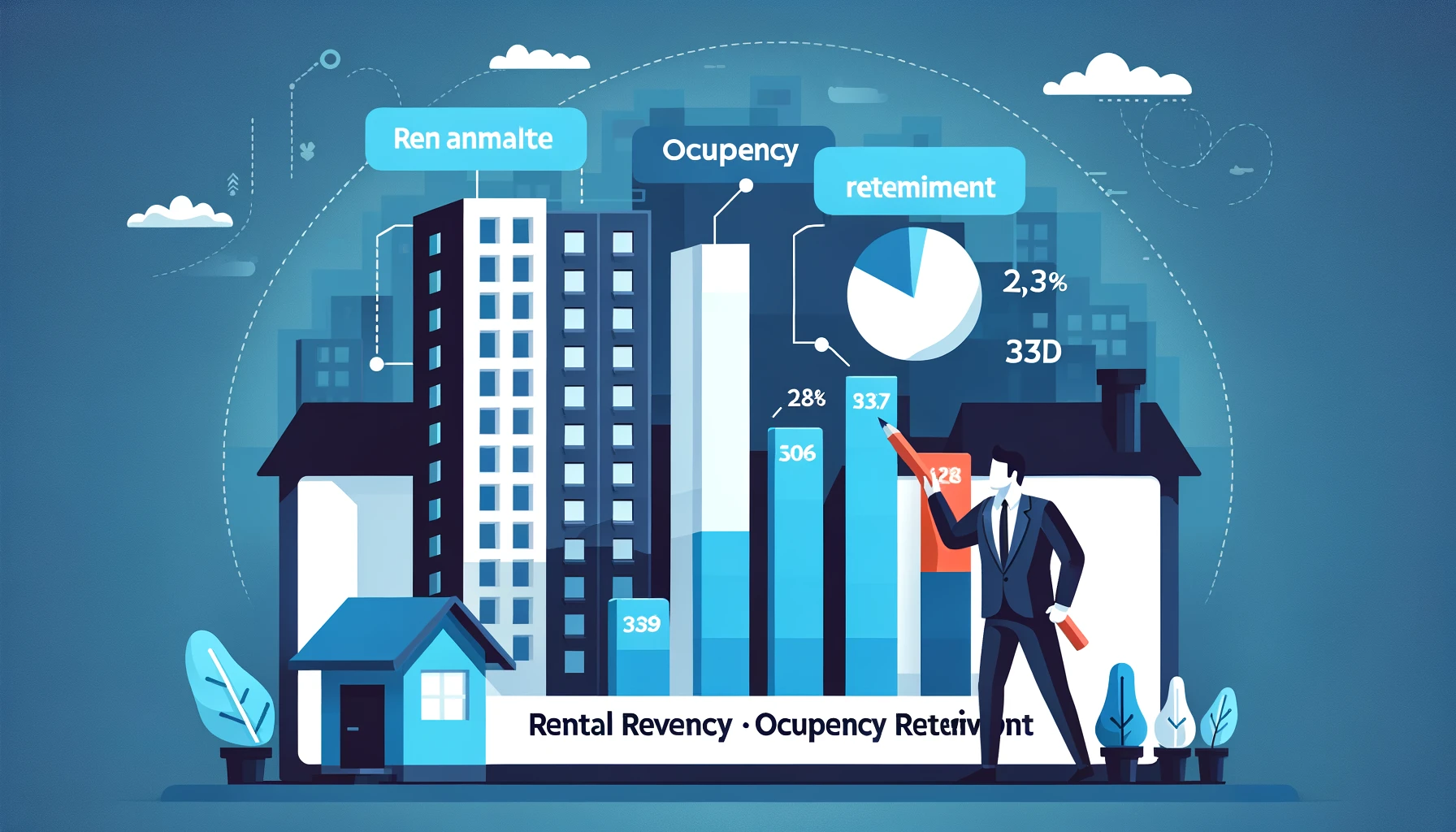Navigating the Storm: How Volatile Mortgage Rates Affect Rental Margins

In today´s dynamic world of real estate, understanding the relationship between mortgage rates and rental income is crucial for landlords. Volatility in mortgage loan rates can have a profound impact on the financial health of rental properties, potentially eroding the margins that landlords rely on for profitability. This article aims to shed light on this intricate relationship and offer strategies for managing the risks associated with fluctuating mortgage rates.
The Ripple Effect of Rising Mortgage Rates
Mortgage rates are a critical factor in the overall cost of owning rental properties. In the last years, the rates were very low, even below 1% for 10 years rate lock. Last two years the rates grew to up to 5%, depending on the rate lock period; however, in the last months, there is a tendency to decrease to as low as 3%. The outlook remains uncertain and changes seem to be staying with us for quite some time.
This volatility is significantly impacting the margins. The increase must either be absorbed by the landlord, reducing profit margins, or passed on to tenants through higher rents, which carries its own set of challenges including potential vacancy increases.
The Challenge of Passing Costs to Tenants
Increasing rent to counteract rising mortgage expenses is a common strategy, but it's not without its pitfalls. The rental market's elasticity—tenants' sensitivity to rent changes—can limit landlords' ability to hike rates. In areas with ample rental supply or in economic downturns, tenants might be more inclined to move than to accept significant rent increases, leading to higher vacancy rates and, paradoxically, reduced income for landlords.
Strategies for Mitigating Risk
- Fixed-Rate Mortgages: Locking in a fixed-rate mortgage secures your financing cost over the loan term, shielding you from market fluctuations and providing predictable monthly expenses. This stability is, however, questionable in the current period due to the decreasing mortgage rates.
- Refinancing: In a low-rate environment, refinancing existing mortgages can reduce monthly payments and improve cash flow. However, this strategy requires careful timing and consideration of closing costs and the potential extension of the loan term. In some countries, such as Slovakia, the 1% penalty fee may outweigh the benefits of decreased mortgages rate.
- Cash Reserves: Maintaining a robust cash reserve can provide a buffer against periods of high mortgage rates or other unforeseen expenses. This financial cushion can mean the difference between weathering a storm and being swamped by it.
- Diversification: Diversifying your investment portfolio across different types of properties and geographical areas can reduce the risk associated with any single investment. This strategy can help stabilize income even if some properties become less profitable due to rising mortgage rates.
- Rental Agreement Flexibility: Structuring leases to allow for periodic rent adjustments can provide some protection against rising costs. However, this must be balanced with the need to keep rents competitive to attract and retain tenants.
What you can do right now to be on top of this topic?
Step 1: Calculate your current margin generated by your properties and you can try several scenarios with different mortgage rate in our profitability calculator.
Step 2: Should you get unsatisfactory results and you have rental agreement flexibility or anniversary of your tenant contract, try to generate three potential texts to address your tenants with a rental increase message.
